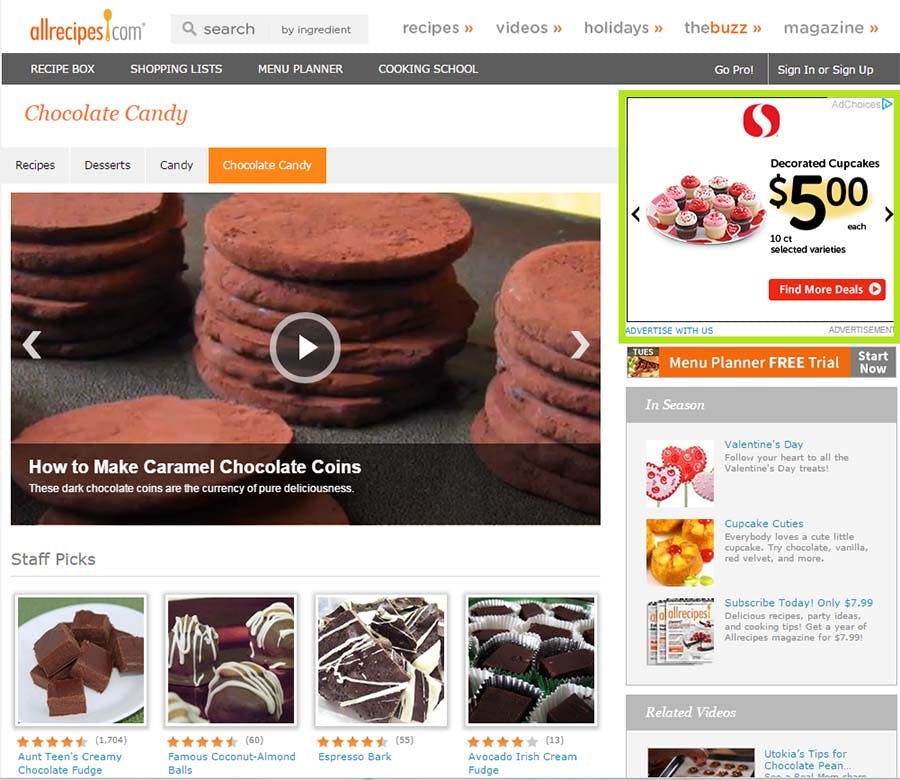
With 2021 coming to an end and our business methods forever evolving, it’s been fantastic to watch the marketing space change over time. Times like this are what turn a (relatively) young marketer’s fancy towards the future, and what can be done better next year. Here are a few key concepts that we encourage you to explore in 2022 that will help improve the effectiveness, and quality of your marketing plan.
1. Focus on Data
Every smart digital marketer talks about data being the cornerstone of their marketing strategy, and that’s why this is at the top of our list of marketing tips for 2022. Whether you work in a B2B environment, B2C, or even D2C ecommerce, data driven marketing and advertising is the wave of the future. Understanding the marketplace, user, user journey, and how customers interact with your products and services is paramount to building better strategies.
The most effective marketing groups are able to understand their market and audience segments through good data practices. This is why we at EasyRedir built our brand new Detailed Analytics and Lost Traffic features (understanding requests received for your source hostnames that did not match any configured redirects or fallback settings resulting in a 404 response). These two methods will help you understand how your redirects are being accessed so that you can better manage campaigns and be sure to make the most of your landing pages. Whether you’re using custom landing environments for Google Ads, Social Media, Email campaigns, QR codes and more - you’ll be able to capture insights in one intuitive view. Use Detailed Analytics to measure requests, and Lost traffic to see where you can improve capturing your audience, and make them both part of your regular marketing toolkit.
2. Focus on Presence
First impressions matter! Think about how the URLs you use in marketing efforts reflect your brand identity and cater to your customer intent.
URLs can be great marketing tools when used well. Creating memorable or vanity URLs not only attracts customers while emphasizing your brand, but a custom URL and a reliable redirection service can also make it easier for your audience to get to the content you want them to see on your website. Use them to create unique landing page environments that cater to the intent of your different user traffic segments. For instance, your high intent Search Ad or Shopping Ad traffic needs to arrive on the right product or service page to complete their journey as efficiently as possible.
To make even more memorable and creative domain names you can choose to use other top-level domains (also called TLDs or domain suffixes) to further reinforce your brand. For example, CES recently changed their URL from CESWEB.org to CES.tech. No matter why you create a custom URL, it’s absolutely critical to properly redirect that URL to your target content, or your SEO ranking and ad Quality Score may be negatively affected. URL redirection moves the SEO link power to your target URL and lets you to maintain and improve your organic and ad placement, helping your business establish presence when the user is interested. Masking or cloaking URLs creates duplicate content which Google will punish you for, and can significantly damage your organic and ad rank position. A cool domain name is not worth it if your audience can’t find you online, so it’s important to use a fast, reliable URL redirection service that will help you maintain and improve your search position.
3. Focus on The Customer
With digital marketing moving towards a cookieless environment in 2022, user privacy and security have become integral parts of how we approach marketing and advertising. New data privacy laws and regulations are being put into place that will prevent advertisers from viewing and using user data. This means we now, more than ever, need to have the customer and our website security in mind. So how do we still provide the best marketing practice and make sure we’re getting the most out of it?
Prioritize First Party Data
This is data from CRM tools, web traffic, and generic in-app data. This data is coming from users that have already shown interest in your product, and because they already know about you and are engaged, they are more likely to convert.
Leverage Contextual Advertising
Contextual Advertising is essentially advertising that is dynamically relevant to the page the user is on. This media is controlled based on the content of the site, using language elements to present an ad that fits the user activity. While this is less targeted, it does deliver advertising at the moment that users are present and interested.

Set up Server Side Analytics
Server-side analytics programs that monitor the traffic on the server itself and only process server-side information. Meaning that every request on your server, no matter what it is or who made the request, is recorded in the server logs. This does not store any PII (Personal Identification Information) and let’s you get an understanding of the audiences without focusing on individual users, and also gives you full control and ownership of the data collected in this environment.
Continue this focus on security by supporting HTTPS with your URL redirects to ensure visitors get the best experience.
Since the release of Firefox 83, which features an “HTTPS-Only” mode, and Google’s listing non SSL secure sites as insecure, the need for companies and brands to redirect HTTPS links is nearly mandatory. Migrating your site to HTTPS benefits both you and your customers. In addition to added security for your site, search engines like Google reward HTTPS sites with greater SEO rankings. Not only do search engines favour encrypted sites, but many browsers also show warnings and security messages when visitors try to access non-HTTPS sites. HTTPS migration also includes the need for SSL certificate management, so ideally, you’d like one provider to handle both the redirection and the SSL certificate activation and renewal. Automatic HTTPS, where SSL certificates are automatically configured and renewed, will help your business save time and money, while providing increased security for you and your customers and improve your SEO standing.
4. Focus on Accessibility
Up your omnichannel marketing game with shortened and vanity URLs that are easy for people to type or QR codes so people don’t have to type at all!
Don’t call it a comeback, they’ve been here for years - QR codes have made businesses much more accessible through 2021 and that’s not going away. Simplified access that makes relevant online content more accessible to your customers is going to stay top of mind. The more pages your site has, the more likely it is for your preferred content to become less obvious to access. Using shortened URLs and QR codes, you can continually redirect those links to updated content, making it easier for customers to reach the information they are looking for, and that you want them to see. Now that users are more familiar, these little monochromatic images can make your omnichannel efforts far more measurable and effective!
QR codes in particular provide a great asset for ecommerce sites, as you can link to an individual product purchasing page, making it even easier for customers to purchase your company’s products. Although URL redirection can help to provide a positive experience for your customers, it must be managed properly or your site’s SEO ranking can be negatively impacted. It’s super important to use a reputable and reliable redirection service that can manage the process expertly and securely.
If you want to make 2022 infinitely better than 2021, checking in with EasyRedir can help. Whether you’re looking for better understanding and enhancement of your campaign URL analytics or to maximize valuable SEO and advertising cred, EasyRedir can improve your business and your bottom line. Sign up for a free EasyRedir trial today.






